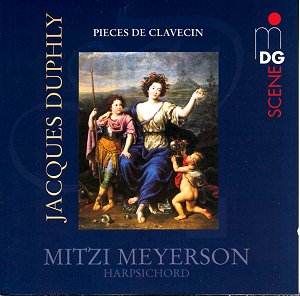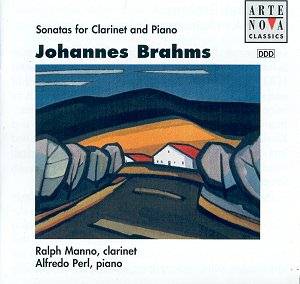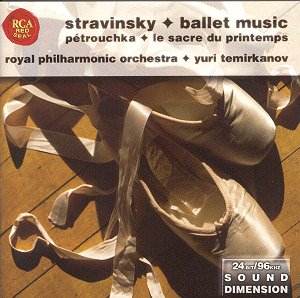 Composer: Jacques Duphly
Composer: Jacques Duphly
Works: Pieces de Clavecin: Chaconne (3ème livre), La Pothoüin. Rondeau (4ème livre), La de la Tour (3ème livre), Menuets (3ème livre), La de Belombre (3ème livre), La du Buq (4ème livre), La Millettina (1er livre), Allemande (1er livre), Médée (3ème livre), La Forqueray (3ème livre), La de Vaucanson (4ème livre), La Tribolet (1er livre), Cazamajor (1er livre), La de Villeneuve (3ème livre), La Lanza (2ème livre)
Performers: Mitzi Meyerson, harpsichord
Recording: January 2001, Kammermusiksaal, Friedenau
Label: MDG
Jacques Duphly, a pivotal figure in the 18th-century French harpsichord repertoire, occupies a unique position within the transition from Baroque to Classical aesthetics. His oeuvre, though limited to 52 surviving works, encapsulates the refined ornamentation and expressive depth characteristic of his time, echoing the influences of François Couperin and Jean-Philippe Rameau. This recording of Duphly’s “Pieces de Clavecin,” performed with finesse by Mitzi Meyerson, aims to illuminate the charm and complexity of this lesser-known composer, whose passing coincided with a seismic shift in French history.
Meyerson’s interpretation is marked by a notable grace, particularly in the more virtuosic selections such as “La de Belombre.” Here, her technical agility is matched by a lyrical sensibility that brings forth the piece’s inherent drama without succumbing to mere showmanship. The clarity of her articulation in the ornamented passages reveals a deep understanding of the stylistic nuances that define Duphly’s musical language. Contrarily, in less ornamented works like the “Allemande,” Meyerson employs a more subtle touch, allowing the delicate, flowing lines to resonate with emotional weight, thus showcasing her versatility as a performer.
The recording quality, however, introduces a significant caveat. The excessive reverb detracts from the clarity of Meyerson’s playing, particularly in busier passages such as the opening “Chaconne.” The lush sound, while evocative of an expansive performance space, tends to obscure the intricate counterpoint that is vital to Duphly’s music. MDG’s claim of a non-manipulated recording environment raises questions about the acoustics of the venue, as the miking seems to amplify the room’s natural reverberation, resulting in a muddled sonic landscape. In contrast, the Menuets benefit from a clearer sound profile, allowing the harpsichord’s rich timbre to emerge more effectively.
Historically, Duphly’s works are often overshadowed by the more prominent figures of his time. This recording, while commendable for its thoughtful selection of pieces, ultimately falters in audio fidelity, which may limit its appeal compared to other notable interpretations of his music. The historical context surrounding Duphly’s life and work enriches the listening experience, providing a backdrop that enhances the appreciation of these compositions.
Mitzi Meyerson’s performance of Duphly’s “Pieces de Clavecin” presents an earnest and engaging exploration of this charming repertoire. Despite the recording’s shortcomings in sound quality, her artistry shines through, revealing the beauty and complexity inherent in Duphly’s music. The endeavor is commendable, yet the technical flaws in the recording impede a fully immersive experience, leaving one to wish for a sound that could do justice to both the instrument and the music itself.



